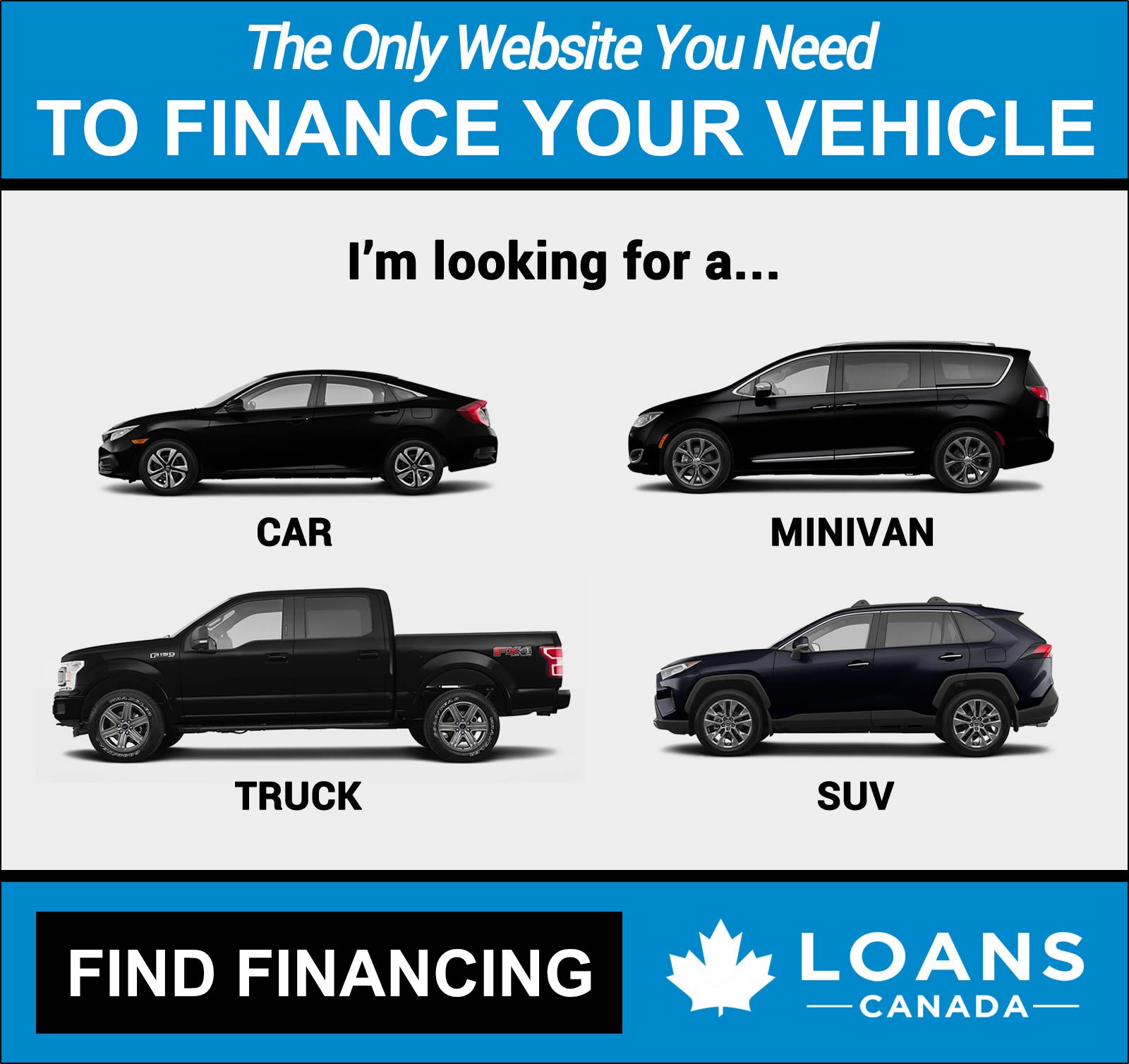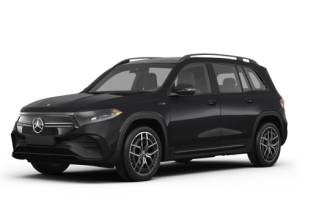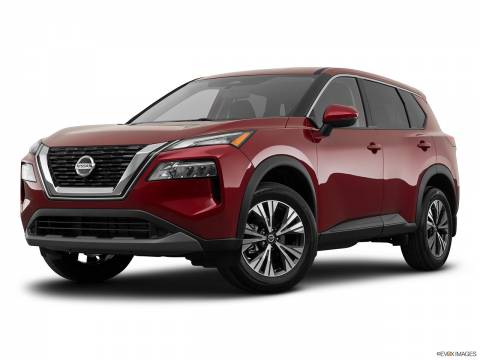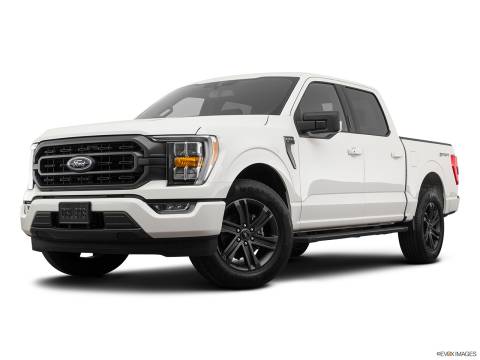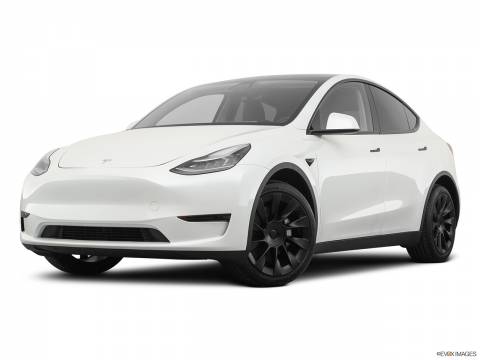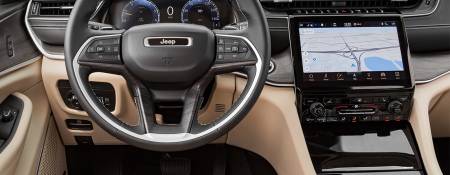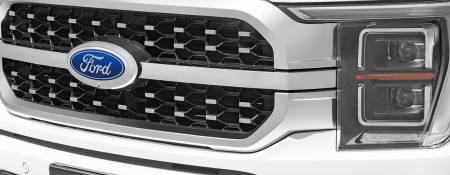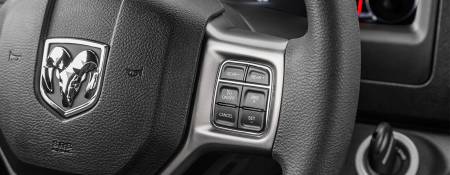Trade-Ins are not a bad idea. Your current vehicle plays a "downpayment" role while you are actually doing a swap, but it doesn't work on all cases. In fact, I wouldn't encourage anyone to do a trade-in of a leased vehicle. On this article, I will explain why:
Trade-In Vehicle Equity
On average, three over 4 Canadians have a trade-in at the moment they are buying a vehicle. It is evident, as you won't wait to be without a car, to get into the next one. Going from dealership to dealership, doing groceries, and moving around is your daily routine, so: why wait to not have your lease/vehicle anymore to get the next one.
Here is where the actual Vehicle Equity (VE) jumps in. If you have a vehicle you own, it is your full property, but if it is attached to a financing contract or it is a lease, the VE is different. It applies the same either if it is a used or brand new vehicle:
Leased Vehicle
- Good Deal (VE > vehicle value): You did a considerable downpayment at the beginning of the contract or the actual vehicle value is higher than the one expected. This second case occurs mostly when the available Km allowance is higher than the originally defined in the contract. (ej. the vehicle is supposed to have 35,000km today, but it actually has only 20,000)
- Bad Deal (VE < vehicle value): The vehicle has been rolled out more than expected, making the actual value to be lower the average equity that has been paid so far.
Financed Vehicle
- It is pretty similar to the leased vehicle one. The main factor here is that the debt is financing the 100% of the vehicle value compared to the lease, where only a partial amount of the MSRP is being financed.
Paid Vehicle
- If your vehicle is paid in full, then the ownership/equity extends to the 100% of its actual market value.
The Ideal Scenario
As I mentioned before, this article focuses on the lease side of the trade-in. I would suggest you first to always go to your dealership and try to negotiate a lease termination. What they will essentially do is evaluating the vehicle to be "purchased" from you and then sold as a used car. It is always an option, but you can manage it with other options:
Buy The next Car in the current Dealership
Your current "lease" dealership already knows the vehicle, the contract, has you as a client, and will be pretty happy to consider a deal with you if you are buying another car. It is always an OK backup plan. Still, consider the debt conciliation on the new vehicle. This is what is known as an "up and down": you will take on a penalty while moving it into the new contract financing agreement. Maybe it works for you.
Another Dealership May pay More
And this is probably the best card to play. If you are looking to buy a new car from them, they can try to flip the debt from the existing vehicle into a "discount" as you will be acquiring a new vehicle with them. It doesn't hurt anyone to shop with this idea in mind.
Consider a Lease Takeover
Lease Transfers work pretty well if you have good VE on your side. In fact, many people will pay you to take over your contract. As you may have some incentives already on it, such as a set of Winter tires or a higher Km allowance, it is a good idea to think about it too.


